I need to create a solution for my company where we need to be able to send a DM from an existing application to an organization member google chat.
Ideally we would make a POST to an google chat API providing the user email or phone number (data we already own) to send the message, or make a request to an API where we could provide the email or phone number and retrieve the incoming webhook url for that user and then use that to send the message.
All answers I've read so far point to a user initiated process, such as interacting with a bot, which usually have low adoption.
Is there another way to achieve a low friction solution?
Thanks a lot!
